Tennis Elbow…have you been diagnosed, previously treated, know of someone with or who has had tennis elbow? Probably! This is a common diagnosis for elbow pain experienced during gripping, lifting, swinging and extending of the elbow joint and or wrist. There may also be a feeling of weakness associated with this elbow pain. Tennis elbow is otherwise known as extensor tendinopathy or lateral epicondylalgia and most people who get “Tennis elbow” don’t play tennis!
Tennis elbow occurs on the outer edge of the elbow where the muscles which extend your wrist insert onto the humerus (upper arm) bone. While it was originally thought that this was an inflammatory condition, recent research has shown that by the time the elbow becomes painful, then there is no inflammatory condition present and that the tendons themselves have reacted to the excessive load and are in a state of disrepair. At this point, depending on how the loading on the elbow is managed, then the elbow can reverse this natural process and resolve. Otherwise the tendon can progress to a point of degeneration which is more difficult and takes longer to treat.
Weakness that is associated with this elbow pain may be primarily due to the pain itself but it can also be caused by compression or irritation of a nerve within the forearm. When this is present, your elbow pain may not be true “tennis elbow” and requires diagnosis by someone experienced in treating elbow pain such as our Physio’s here at Central Lakes Physio. This could be due to some involvement in your neck, shoulder or posture.
Tennis elbow commonly occurs with: repetitive or sustained gripping postures or repetitive wrist extension motions e.g. squash/tennis, golf, computer typing or mouse work and gripping of tools,
Physiotherapy treatment of tennis elbow consists of:
- Reducing pain with ice and rest (splinting/strapping +/- stopping or modifying aggravating activity)
- Release of tight muscles within the forearm
- Acupuncture and trigger point needling
- Mobilisation and movement with mobilisation
- Stretching and Neural mobilisation.
- Strengthening exercises
It is important that the Physiotherapist assesses for neck muscle tightness and joint stiffness with this condition as most cases of tennis elbow will have some degree of neck involvement.
Corticosteroid injections have been shown to be effective within the very early stages of tennis elbow in conjunction with Physiotherapy. Whilst physiotherapy and mobilisation has been shown to be more effective for long term conditions and overall resolution.
If you think you are suffering from tennis elbow or wish to discuss this more, then click here to see one of our experienced Physiotherapists today!

